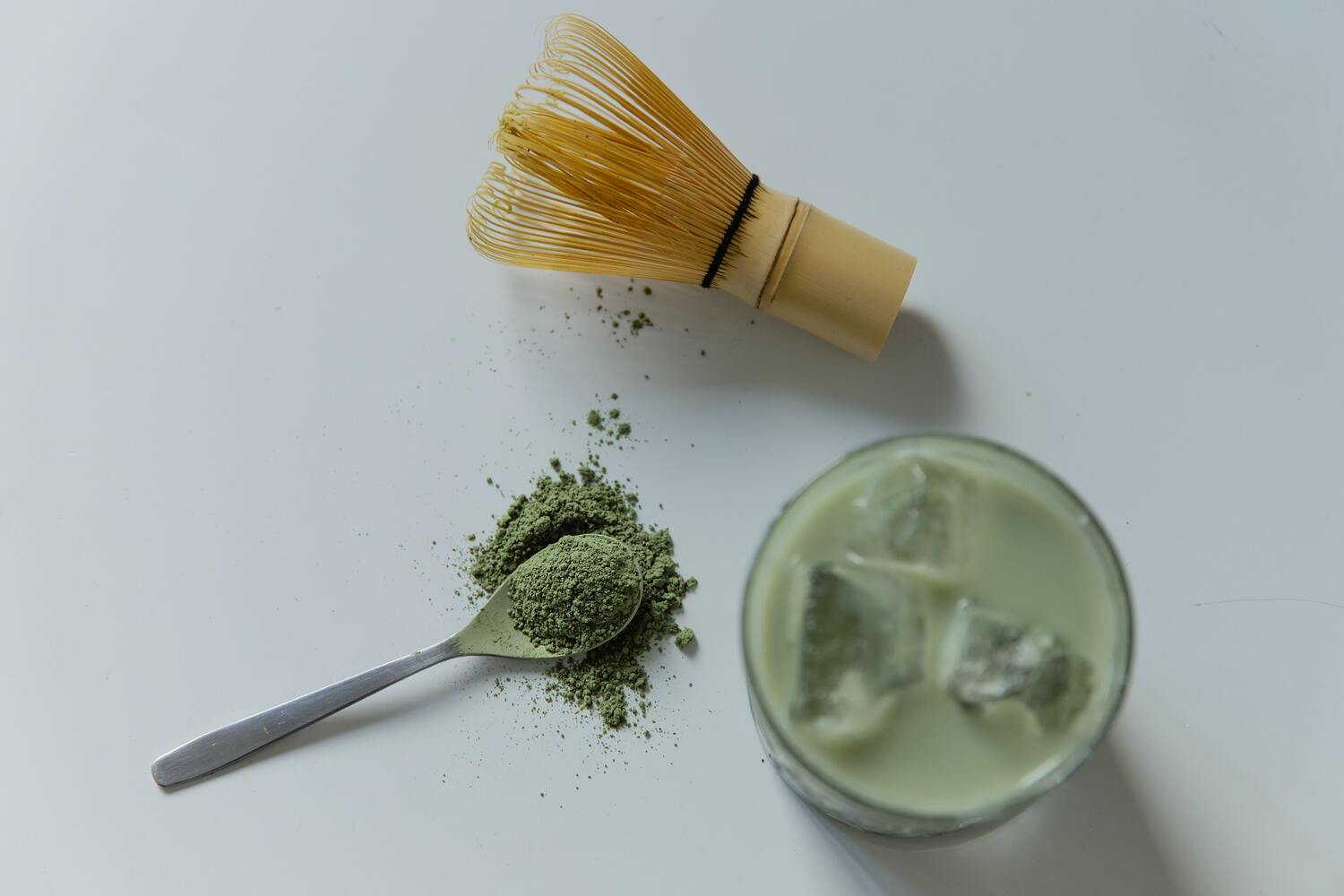Matcha is a type of green tea that is made from the leaves of the Camellia sinensis plant, which is the same plant that is used to make other types of green tea. However, the way that matcha is produced is quite different from other types of green tea.
Matcha is grown in the shade for several weeks before harvest, which helps to increase the chlorophyll content of the leaves. The leaves are then carefully picked, steamed, and dried before being ground into a fine powder. This powder is what is used to make matcha tea.
Is Matcha Green Tea?
Yes, matcha is a type of green tea. However, it is different from other types of green tea because it is made from a fine powder rather than whole leaves. The powder is mixed with water to make the tea, which means that when you drink matcha, you are consuming the entire leaf rather than just the brewed water. This makes matcha a more concentrated source of the antioxidants and other beneficial compounds found in green tea.
Benefits of Drinking Matcha In The Morning
There are many potential benefits of drinking matcha in the morning. Some of the potential benefits include:
- Increased energy: Matcha contains caffeine, which can help to increase energy levels and improve focus and concentration.
- Improved mood: The L-theanine found in matcha has been shown to improve mood and reduce stress.
- Weight loss: Some research suggests that the catechins found in matcha may help to boost metabolism and promote weight loss.
- Antioxidant support: Matcha is a rich source of antioxidants, which can help to support overall health and protect against oxidative stress.

How To Make Matcha Tea?
To make matcha tea, you will need:
- 1 teaspoon of matcha powder
- 2 ounces of hot water (not boiling)
- A bowl and whisk or a matcha whisk
Here's how to make matcha tea:
- Sift the matcha powder into the bowl.
- Add the hot water to the bowl and whisk the mixture together until it is smooth and frothy.
- Enjoy your matcha tea!
Does Matcha Have Caffeine?
Yes, matcha does contain caffeine. The amount of caffeine in matcha can vary depending on the specific type of matcha, but it is generally considered to be a moderate source of caffeine. A typical serving of matcha (about 1 teaspoon of powder) contains about 70 milligrams of caffeine, which is about the same as a cup of brewed coffee.
Matcha vs Green Tea: What's The Difference?
Matcha and green tea are both made from the leaves of the Camellia sinensis plant and are known for their numerous health benefits. However, there are a few key differences between the two that you should know about.
Processing
- One of the main differences between matcha and green tea is the way they are processed. Matcha is made from ground tea leaves, while green tea is made by steeping the leaves in hot water.
- To make matcha, the leaves of the Camellia sinensis plant are shade-grown for the last few weeks before harvest. This increases the chlorophyll content and gives matcha its bright green color. The leaves are then carefully picked, steamed, and dried before being stone-ground into a fine powder.
- To make green tea, the leaves of the Camellia sinensis plant are steamed and dried to prevent oxidation. The leaves can be left whole or broken down into smaller pieces, depending on the type of green tea being produced.
Caffeine content
- Matcha and green tea both contain caffeine, but the amount can vary depending on the type and preparation method. In general, matcha contains more caffeine than green tea, although the amount is still lower than that of coffee. One serving of matcha (about 1 gram) contains about 35 milligrams of caffeine, while a cup of green tea can contain anywhere from 15 to 60 milligrams.

Flavor
- Matcha and green tea also differ in terms of flavor. Matcha has a more intense and vegetal flavor than green tea, which is often described as grassy or seaweed-like. This is because matcha is made from ground tea leaves, which infuse the water with more of the tea's flavor and nutrients. Green tea, on the other hand, has a more delicate and subtle flavor.
Preparation
- Matcha and green tea also differ in terms of preparation. Matcha is prepared by whisking the powder in hot water, while green tea is made by steeping the leaves in hot water. To make matcha, you will need a bowl (called a chawan), a bamboo whisk (called a chasen), and a spoon (called a chashaku). To make green tea, you will need a teapot or infuser.
Health benefits
- Both matcha and green tea are known for their numerous health benefits. Both contain antioxidants, including catechins and epicatechins, which can help protect the body from oxidative stress and reduce the risk of chronic diseases such as heart disease and cancer. Matcha and green tea may also have other health benefits, such as aiding in weight loss, improving heart health, and reducing the risk of certain types of cancer.
In conclusion, matcha and green tea are both delicious and healthy beverages with numerous health benefits. While they are made from the same type of tea leaves, they differ in terms of processing, caffeine content, flavor, and preparation. Regardless of which one you choose, you can't go wrong with either matcha or green tea.













